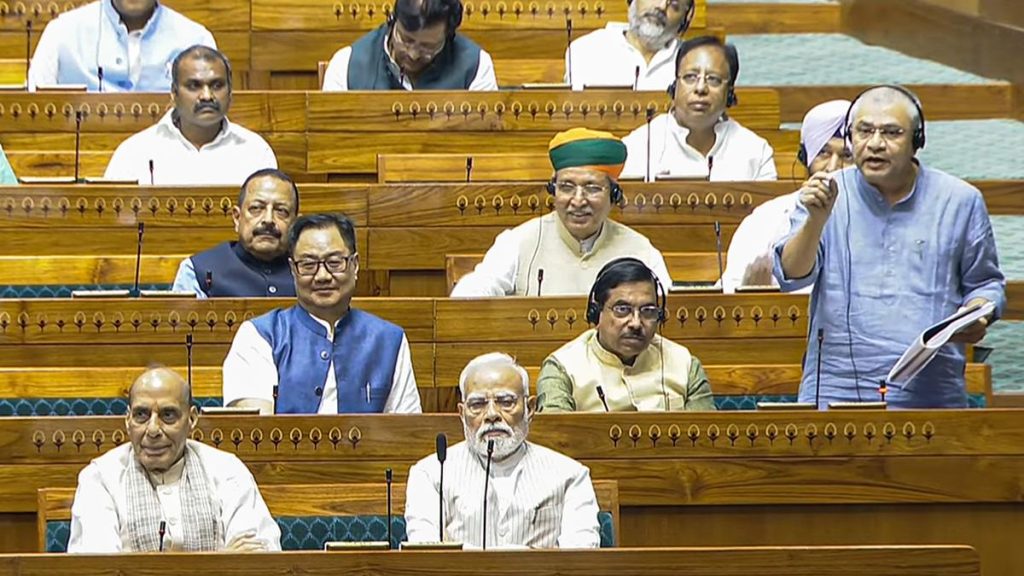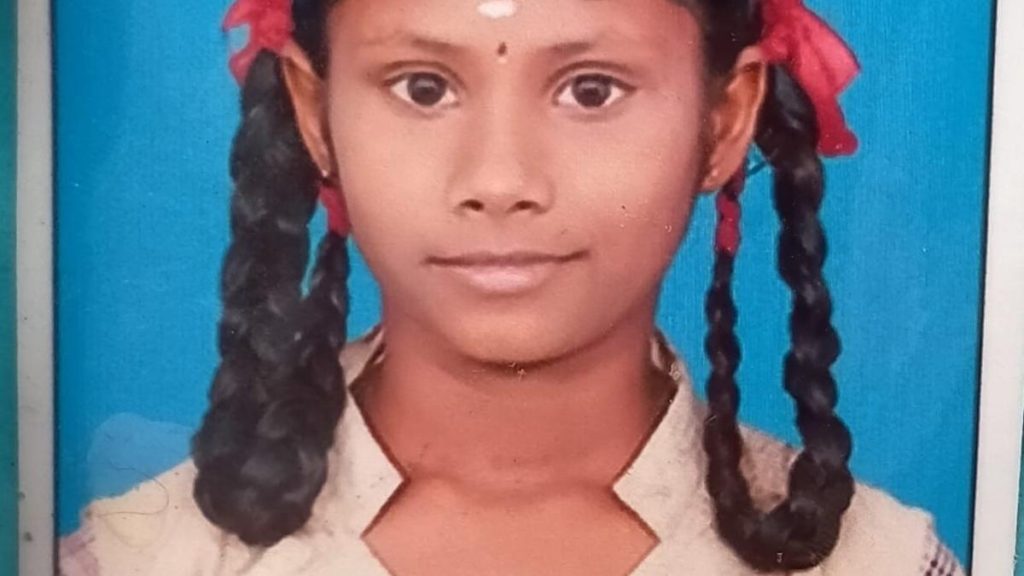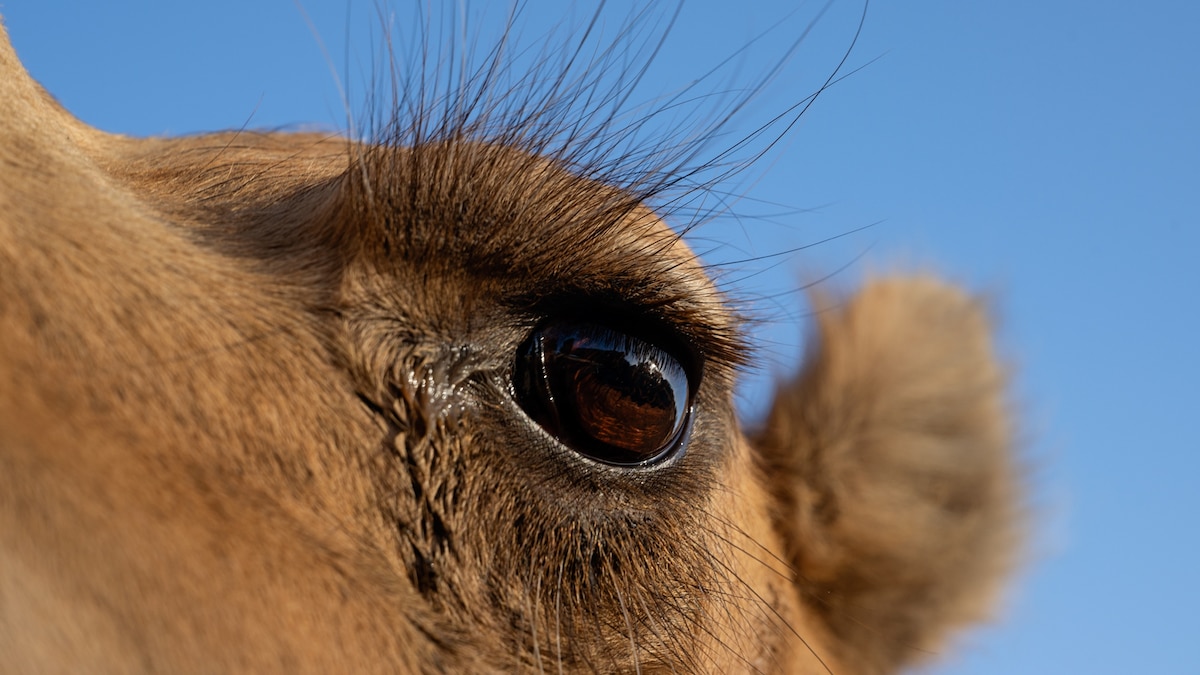Now Reading: Sure, please provide the existing headline for revision
-
01
Sure, please provide the existing headline for revision
Sure, please provide the existing headline for revision

Swift Summary:
- India has intensified efforts to obtain the source code for Rafale fighter jets purchased from France under a government-to-government deal.
- The goal is to integrate indigenous radar, avionics, and missile systems into the aircraft for defense self-reliance and operational independence.
- The source code controls critical features like AESA radar and Modular mission Computer (MMC), which collectively form the electronic backbone of Rafale jets. without access to this code, India relies on Dassault Aviation for upgrades or weapons integration.
- This reliance results in increased costs, delays, and impacts operational capability.
- Indian Air Force already integrates some indigenous weapons into Rafales, such as Astra Mk1 missiles and Smart Anti-Airfield Weapons (SAAW).
- France has been reluctant to share the source code due to concerns over intellectual property loss and commercial disadvantages globally.
- India’s push for technical access reflects broader efforts toward achieving defense autonomy while reducing dependency on foreign vendors.
Indian Opinion Analysis:
India’s request for Rafale’s source code underlines its strategic aim of greater control over high-end military technology. By acquiring these codes, India could streamline upgrades and integration processes with domestic weaponry while reducing time delays currently tied to contractual obligations with Dassault Aviation. It also aligns closely with India’s “Atmanirbhar bharat” vision in defense sectors.
However, France’s hesitation stems from safeguarding intellectual property rights developed over years of research-a concern that holds weight given global competition in aerospace technologies. Moving forward, balancing India’s demands with maintaining diplomatic ties will be crucial. Successfully securing access could open avenues not only for technologically advanced operations but also demonstrate a strong precedent for collaborative partnerships between nations in military innovation.
read More: Click here

























